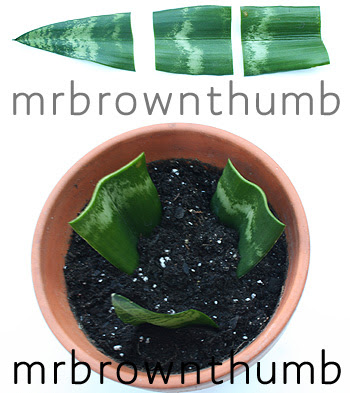 Christmas cactus plants are popular plants during the holidays, they come in a variety of colors and are pretty easy plants to take care of and get to bloom. On my other blog I posted a entry on how to make your Christmas Cactus flower. Once you've managed to make your Christmas cactus flower you may want to move on to taking cuttings from your Christmas Cactus and rooting your Christmas cactus cuttings.
Christmas cactus plants are popular plants during the holidays, they come in a variety of colors and are pretty easy plants to take care of and get to bloom. On my other blog I posted a entry on how to make your Christmas Cactus flower. Once you've managed to make your Christmas cactus flower you may want to move on to taking cuttings from your Christmas Cactus and rooting your Christmas cactus cuttings.
Christmas cacti, or Holiday cacti as they're becoming known, are succulent plants and when you cut or break off a stem you may notice a little bit of liquid or a clear gel leaking from the wound. This is normal, just let your cutting sit out for a day or two so that the end of the cutting begins to dry out. Once your cutting is prepared you can begin the propagation process simply by inserting the cutting into houseplant soil. I use regular houseplant potting soil that I sometimes amend with one third Perlite. Make sure you've inserted at least one segment of your Christmas cactus below the soil level. Keep your cutting in a bright and warm area away from direct sunlight and keep the potting soil moist but not soggy. If you want you can mist your cutting daily to help keep it moist. The cuttings that you took from your succulent plant will wilt and probably even shrivel but you shouldn't be alarmed.
A good sign that your cutting has started to root is the appearance of new growth at the tips of the older leaves. The new growth is smaller and thinner than the older leaves and sometimes a little reddish in color. Once the new leaves have started to grow on your cuttings you'll know that the cutting has started to produce roots below the soil. Once the new leaves start to grow you can begin watering the rooted cutting like normal and exposing it to brighter light.
You may also notice sometimes that leaves from your succulent plants fall or are broken off by accident or even on purpose. When that happens to one of your plants take the opportunity to propagate them and create new plants. Sometimes propagating succulents by leaf cuttings doesn't even require soil. See that entry and the links in the entry and notice how those succulents had started to grow roots without even being in soil.
Wednesday, October 31, 2007
Rooting Christmas Cactus cuttings
Posted by
MrBrownThumb
at
10:37 PM
13
comments
![]()
Labels: Cacti And Succulents, Christmas Cactus, Cuttings, Plant Propagation
Sunday, October 28, 2007
Snake Plant propagation by leaf cuttings

Sansevierias are easy houseplants that are commonly called "Snake Plant" because of the leaf color or "Mother-in-law's tongue" because of the sharpness of the leaves. This plant is native to Zaire and requires moderate watering in the summer and very little in the winter-too much water will cause your plant to start rotting. This low light houseplant can easily be propagated by splitting the offsets from the main plant or taking leaf cuttings.
Snake Plant propagation by leaf cuttings is very simple but is best done with the solid-green variety. Taking cuttings of the variety with the white-yellow edges (variegated forms) will revert and produce plants with all green leaves. The variegated Mother-in-law's tongue is best propagated by making divisions of the rhizome if you want to keep the variegated leaves.
Choose a healthy and green leaf from your Snake Plant to propagate. Cut the leaf into 3-4 inch segments making sure to keep track of which side was the top and which side was the bottom of the cutting. Insert the cuttings into fresh potting soil making sure you have your pieces right-side up. If you accidentally insert the cuttings upside down the cuttings will not strike and grow into new plants. Keep the pot in a bright and warm area away from direct sunlight making sure the soil is moist without getting soggy. In about 3-4 weeks the roots of your snake plant cuttings will start to form but it may take a few months for the leaves of the new plants to start growing. With more time and proper care your Snake Plant can even begin to flower, the flowers are a whitish green color.
Similar post:
How to propagate Eucomis bulbs by leaf cuttings.
Posted by
MrBrownThumb
at
7:57 PM
3
comments
![]()
Labels: Cacti And Succulents, Cuttings, HowTo, Plant Propagation





